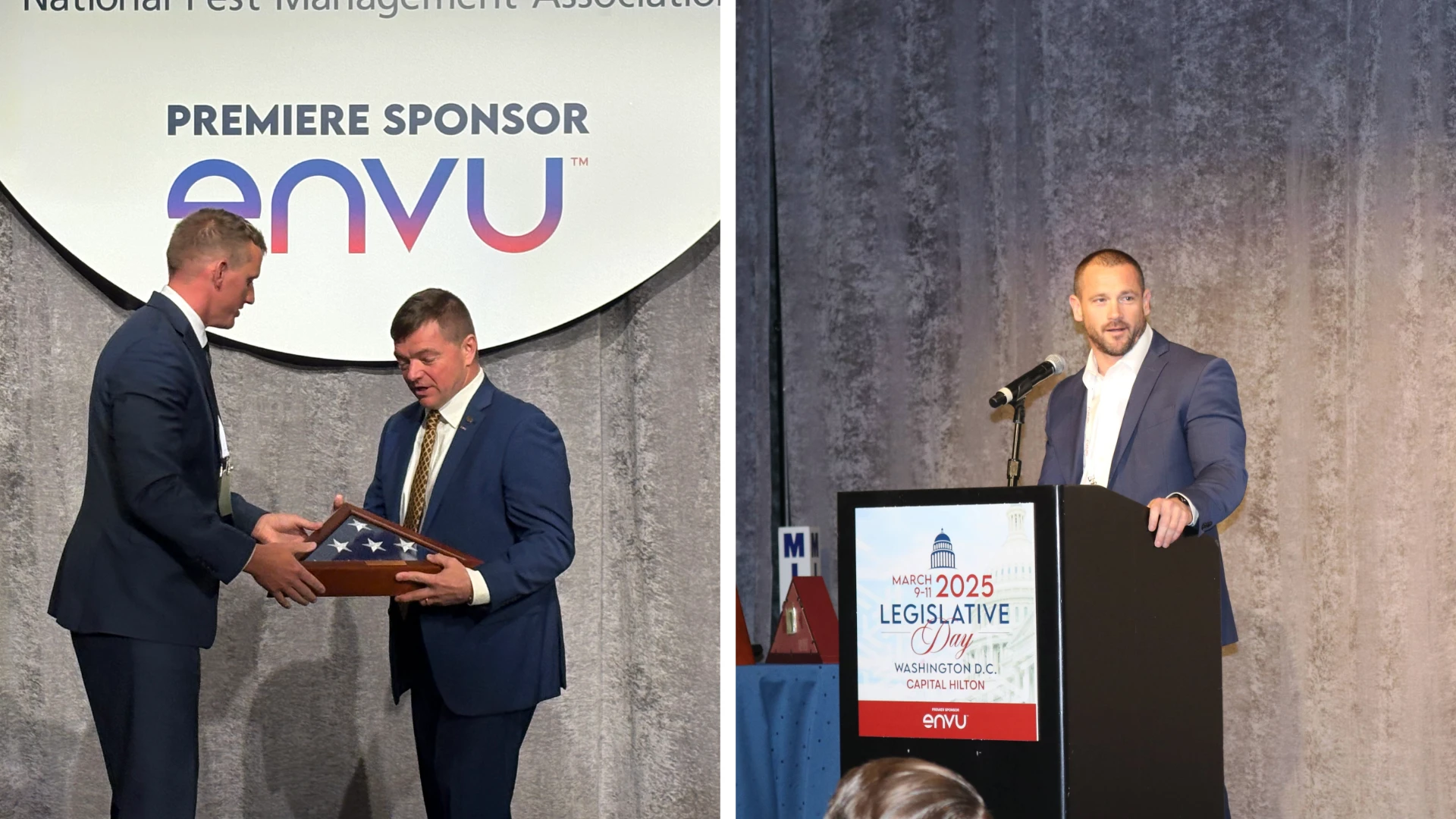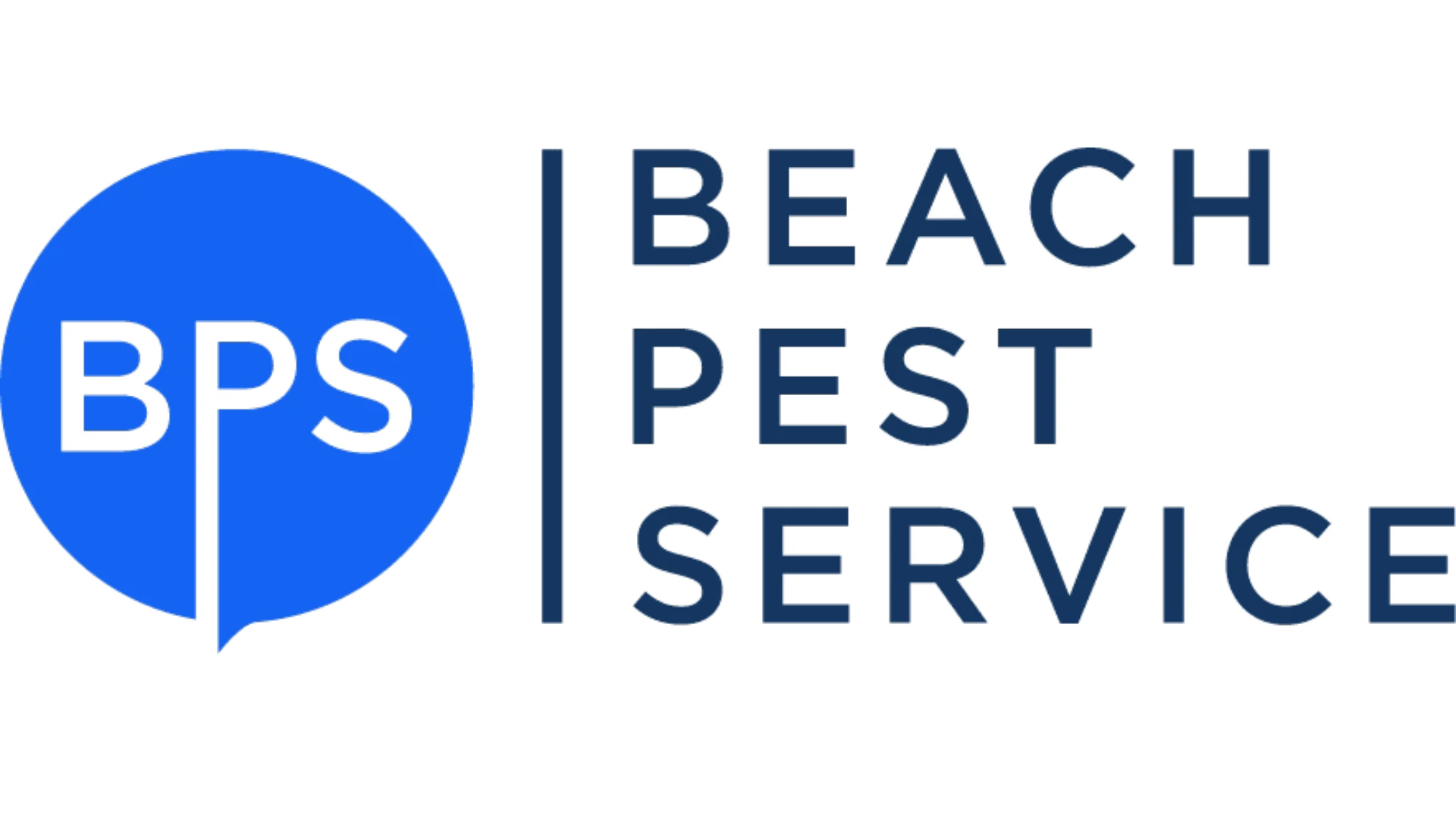In case you’ve not noticed, there’s a revolution going on. It’s a green revolution, and it’s changing the way we build houses and schools and office buildings.
The revolutionaries pushing for green buildings are not radical stereotypes. They are not mostly idealistic college students, nor are they banner-waving agitators. Instead, they are overwhelmingly conservative, Blackberry-toting architects, building managers and engineers. According to the U.S. Green Building Council (USGBC), more than 43,000 of these unusual revolutionaries have volunteered for special boot camps over the past seven years to get accredited in green building techniques.
By all accounts this green revolution in the way we build and remodel buildings is being fueled both by an increased public interest in the environment and by some impressive statistics.
The numbers tell us that residential, commercial and industrial buildings account for 45 percent of the nation’s energy (including 75 percent of our electricity use), 30 percent of raw material use and up to 30 percent of the CO2 emissions that contribute to global warming concerns.
Because of the intensive materials and energy requirements to construct and maintain buildings, the potential for environmental savings through green design is tremendous. A recent study of school buildings, for example, concluded that green schools use an average 33 percent less energy and 32 percent less water than conventional buildings. In addition, a number of new studies show correlations between green building design and reduced illness and absenteeism, greater productivity of workers and students, and higher test scores.
What makes a building “green”? The gold standard for most builders today is the USGBC’s Leadership in Energy and Environmental Design (LEED) certification program. USGBC devised the LEED rating system in the 1990s, and during the past five years it has become the clear leader in green building rating systems. A LEED rating determines whether a building should be considered green, and how green it is.
HOW IT WORKS. Here’s how the LEED program works. Builders get points for things like water efficiency, energy and atmosphere, use of recycled and sustainable building materials, sustainable site selection and indoor environmental quality. Buildings get a score based on a point system for various elements in each of these areas. It takes a minimum of 26 points to become LEED certified. After basic certification, a building can achieve silver (33 points), gold (39 points) or the black belt of LEED certification, platinum status, for 52 points or higher.
These days, chitchat around architects’ offices is less likely to center on cantilevers, piers and load-bearing walls, and more likely to be about whose building earned gold or platinum certification.
IPM and Green Buildings. Does Integrated Pest Management have a place in green building design? The IPM teams at Texas AgriLife Extension, the Southern Region IPM Center, in Raleigh, N.C., and one of its committees, the USDA Southern Working Group for School IPM, see a definite connection.
“At its best, Integrated Pest Management has always been more about being proactive than reactive,” said Janet Hurley, school IPM specialist at Texas AgriLife Extension. “We think that it’s a natural progression with IPM to build buildings that are pest resistant.”
“If you’re trying to create a healthy building that ultimately affects worker productivity, IPM is a natural next step,” said Thomas Green, director, IPM Institute of North America, Madison, Wis. “The work environment is less distracting when you’re not dealing with issues like cockroaches and flies. Insects can also carry disease, so there’s a health issue as well, and pesticides contribute to that, too.”
Many IPM recommendations for buildings generate other environmental benefits. For example, sealing buildings to keep pests out has clear benefits in energy conservation. Good roof and ground-level water drainage, long touted as important for termite management, also is critical for mold-control and good indoor air quality. And IPM’s emphasis on reduced reliance on pesticides and use of less toxic products provides a clear benefit for a safer environment and cleaner indoor air.
Unfortunately, to date, IPM has not played a significant role in LEED certification standards. According to Green of the IPM Institute, LEED standards for new buildings do not mention IPM or pest resistant features. But this may be changing.
“Standards for existing buildings, which were revised this year, now include two points for IPM,” Green said. “One point is for the interior and one is for landscapes. To qualify for those IPM points, the building maintenance director or building supervisor must develop, implement and maintain an IPM plan.”
But the LEED program still doesn’t provide much direction for architects or building planners about what that IPM program should look like, or how IPM might be incorporated into building design. According to Green, “It doesn’t go into detail about things like using door sweeps and designing outdoor features that don’t attract pests.”
SCHOOLS WORKSHOP. Last year our IPM teams joined other pest management specialists in the southern region to begin a dialogue about how IPM could play a bigger role in the green building movement. A workshop sponsored by the Southern Regional Working Group on School IPM, and held at the Texas AgriLife Center in Dallas, pulled together experts together from the fields of pest management, engineering, architecture and building maintenance.
Keynote presenters at the workshop included pest control industry veterans Paul Hardy and Frank Meek from Orkin Pest Control. In addition, participants heard from Dr. Al Greene, IPM coordinator for the U.S. General Services Administration; Mike Kawecki from the North Texas chapter of USGBC; and James McClure, a building engineer with Estes/McClure and Associates in Tyler, Texas. Practitioners also were there, including school maintenance professionals from Texas and Florida. Their advice and observations from a building manager’s perspective were enlightening.
As part of the workshop, participants visited Hector Garcia Middle School, an impressive new addition to the Dallas Independent School District. Located in a mostly minority neighborhood on the south side of Dallas, it’s a modern architectural marvel with energy-efficient design, extensive indoor natural lighting and innovative use of recycled materials.
Despite the building’s extensive green features, the principal admitted, there have been problems with rodents since opening last fall. One of the first problems participants noticed was the rodent-friendly gaps under many exterior doors.
But Hector Garcia Middle School, we learned, is not the only modern, green building with pest problems. Some of the newest green school and government buildings suffer from poor planning when it comes to pest control. Greene showed examples of award-winning new buildings with pest problems that could have been foreseen, if only a pest management expert had been brought into the planning process. “Buildings are leaky boats in a sea of pests,” Greene said. “You can choose to bail forever or you can choose to plug the leaks.”
Greene works hard to plug the leaks in the government buildings under his control. And in the process, he’s learned a few things about the available engineering fixes. Pest-proof doors and dumpsters are two of his favorite subjects. Bird-proofing technologies are another big tool. “It’s not always possible to predict what pest problems we will see in a given building,” he said. “In some cases it may be better to see where the problems occur and then design an engineering fix.”
At least one participant took the workshop lessons to heart in a practical way. “Because of what we learned, we’re getting rid of some of our old ‘dipsy dumpsters’ and replacing them with self-contained compacter dumpsters at our problem schools,” said Victor Melton, environmental and energy manager for Texas’ Carrollton-Farmer’s Branch school district. “We contacted our waste services company and will get three units on a trial basis.” Why? No more overflowing trash at these sites and, Melton hopes, fewer odors to attract flies and other pests.
THE ROLE OF THE PCO. For customers who might be seeking LEED certification for an existing building under renovation, there’s a real market for PCOs with the ability to evaluate and develop IPM plans. If you know of a local building that is going for LEED certification, it might be worthwhile to contact the manager and remind them that the USGBC offers two points for having IPM plans. Many architects and managers may be unaware of this option, or be ignorant about the IPM process.
“Unfortunately, pest control is probably the last thing that construction engineers, architects and builders are thinking about when they start to plan a new building or major remodeling,” said Paul Hardy, technical director for termite control at Orkin Pest Control. According to Hardy, all pest management professionals must start working together to build awareness of modern pest management standards and techniques among these industry professionals. “When you receive bid invitations with termiticides of choice including Dursban and chlordane, you know the industry is a little out of date,” he said.
Even if a customer is not seeking LEED certification, take advantage of the current enthusiasm for green buildings to discuss IPM with your customers. Many builders today want to sell green features on a building, even if it’s not LEED certified. Installing termite barriers in new construction, bird control netting on finished buildings, and providing ongoing pest proofing services all are good ways to cash in on the current interest in going green.
“Green is only going to get larger,” said Joel Roehling, regional sales manager for ABC Pest and Lawn Services, and a workshop participant. “We as PMP’s can be out in front of this growth, defining IPM properly; or we can allow someone else to define IPM to the consumer and deal with the consequences.”
Roehling recommends learning construction terminology and your market’s typical construction techniques. “Architects are willing to listen and change the way they specify a project if you can verify your statements with research and data. We need to help everyone understand that IPM needs to start when the building is designed, not after it is built.”
If pest management professionals really jump onto the green building bandwagon, the only banner-waving agitators are likely to be the pests themselves. And what could be more revolutionary than that?
Merchant is a professor and extension urban entomologist, Texas AgriLife Extension, Dallas. Hallberg is a communications specialist, Southern Region IPM Center, Raleigh, N.C.
*****
Eight Pest-Proofing Tips from
the Experts
1 MAKE IT TOUGH FOR TERMITES by reducing the number of slab plumbing penetrations and expansion joints, whenever possible. Joel Roehling, of ABC Pest and Lawn Services, recommends termite barriers, like the Termimesh system used by his company, around potential entry points like plumbing and expansion joints to create a permanent barrier to subterranean termites.
2 SHUT THE DOOR ON PESTS by installing nylon brush weather-stripping on the bottoms and sides of outside doors. Al Greene, of the U.S. General Services Administration, says that brush weather-stripping is more durable than rubber. “It’s cheap and one of the slickest pest-proofing technologies on the market; but hardly anybody in the industry is offering it to their clients.”
3 SEAL OUTSIDE WALL PENETRATIONS and help not only pest control, but also your energy conservation program, says Victor Melton, of Texas’ Carrollton-Farmer’s Branch school district, whose job responsibility covers both areas. Melton’s schools try to minimize the number and size of outside plumbing penetrations, but painting teams also are instructed to caulk and seal all holes in outside walls of all new construction.
4 DON’T BUILD PESTS IN by allowing construction workers to sweep their garbage, food wrappers and Coke cans into wall voids and close them up. This practice provides pests with both food and harborage, Melton says. “One of our most closely watched specifications for our new schools are the walls. NO walls are ‘second sided’ with sheetrock until we inspect them.” Also, keeping insulation and sheetrock protected from rain and moisture during construction is critical. Mold, and various mold-feeding insects like psocids and fungus beetles, will quickly colonize structures built with wet, cellulosic building materials. “Let your contractors know what you expect and watch them,” advises Melton.
5 KEEP BIRDS AND BATS AT BAY by minimizing exterior perches and nesting nooks and installing exclusion devices. Pete Markham of A-Mark Pest Control says it’s probably impossible to get architects to design completely bird-proof buildings. “Properly installed bird nets and wire grids installed after construction are a good solution.” Janet Hurley of Texas AgriLife Extension said bats only need a hole the size of a dime to gain entry. Soffits, gutter penetrations and roof edges should seal tightly. “Bat-proofing also requires a sharp eye and attention to workmanship,” she said.
6 HEAD OFF PROBLEMS IN THE KITCHEN starting at ground level. “Floor drains should be placed in areas that make them easy to clean, not buried halfway under a piece of equipment,” says Frank Meek, of Orkin. According to Meek, the best floor in a kitchen is epoxy resin or sealed concrete to minimize the risk of floor-level cracks and imperfections that give roaches a place to hide out.
7 DON’T GIVE PESTS A RUNNING START by allowing shrubs and ground cover close to the building foundation. Instead, create a barrier of crushed stone or concrete around the building perimeter, and look for well-adapted plants that complement the building scale and can be planted several feet away from the structure. Passersby will never know the difference.
8 DON’T LET THE FLIES IN. And start with a new dumpster, says Greene. Dumpsters are magnets for flies and rodents. But fortunately, says Greene, “the new-generation of self-contained compactors are essentially pest-proof and watertight if they’re maintained in good condition. These dumpsters are compact…and have caught on in a big way with some fast food chains, but you hardly ever see them behind schools or other public buildings. There’s really no excuse not to use them.”

Explore the October 2009 Issue
Check out more from this issue and find your next story to read.
Latest from Pest Control Technology
- Understanding Rodents and Bird Flu
- Green Pest Solutions Awards Safest Driver New 2025 Ford F150
- UF/IFAS Sheds Light on Tiny Invaders During Termite Awareness Week
- Registration Open for Lawn & Landscape Technology Conference
- Fleetio Launches Automotive Service Excellence Scholarship
- WorkWave Appoints John Phelan as CTO
- PMPs Use Capitol Hill Visits to Push for Preemption
- 20 Trapping Tips





